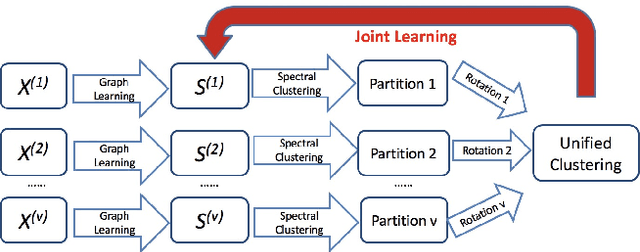Zipeng Guo
RePainter: Empowering E-commerce Object Removal via Spatial-matting Reinforcement Learning
Oct 09, 2025Abstract:In web data, product images are central to boosting user engagement and advertising efficacy on e-commerce platforms, yet the intrusive elements such as watermarks and promotional text remain major obstacles to delivering clear and appealing product visuals. Although diffusion-based inpainting methods have advanced, they still face challenges in commercial settings due to unreliable object removal and limited domain-specific adaptation. To tackle these challenges, we propose Repainter, a reinforcement learning framework that integrates spatial-matting trajectory refinement with Group Relative Policy Optimization (GRPO). Our approach modulates attention mechanisms to emphasize background context, generating higher-reward samples and reducing unwanted object insertion. We also introduce a composite reward mechanism that balances global, local, and semantic constraints, effectively reducing visual artifacts and reward hacking. Additionally, we contribute EcomPaint-100K, a high-quality, large-scale e-commerce inpainting dataset, and a standardized benchmark EcomPaint-Bench for fair evaluation. Extensive experiments demonstrate that Repainter significantly outperforms state-of-the-art methods, especially in challenging scenes with intricate compositions. We will release our code and weights upon acceptance.
Multiple Partitions Aligned Clustering
Sep 13, 2019



Abstract:Multi-view clustering is an important yet challenging task due to the difficulty of integrating the information from multiple representations. Most existing multi-view clustering methods explore the heterogeneous information in the space where the data points lie. Such common practice may cause significant information loss because of unavoidable noise or inconsistency among views. Since different views admit the same cluster structure, the natural space should be all partitions. Orthogonal to existing techniques, in this paper, we propose to leverage the multi-view information by fusing partitions. Specifically, we align each partition to form a consensus cluster indicator matrix through a distinct rotation matrix. Moreover, a weight is assigned for each view to account for the clustering capacity differences of views. Finally, the basic partitions, weights, and consensus clustering are jointly learned in a unified framework. We demonstrate the effectiveness of our approach on several real datasets, where significant improvement is found over other state-of-the-art multi-view clustering methods.
 Add to Chrome
Add to Chrome Add to Firefox
Add to Firefox Add to Edge
Add to Edge